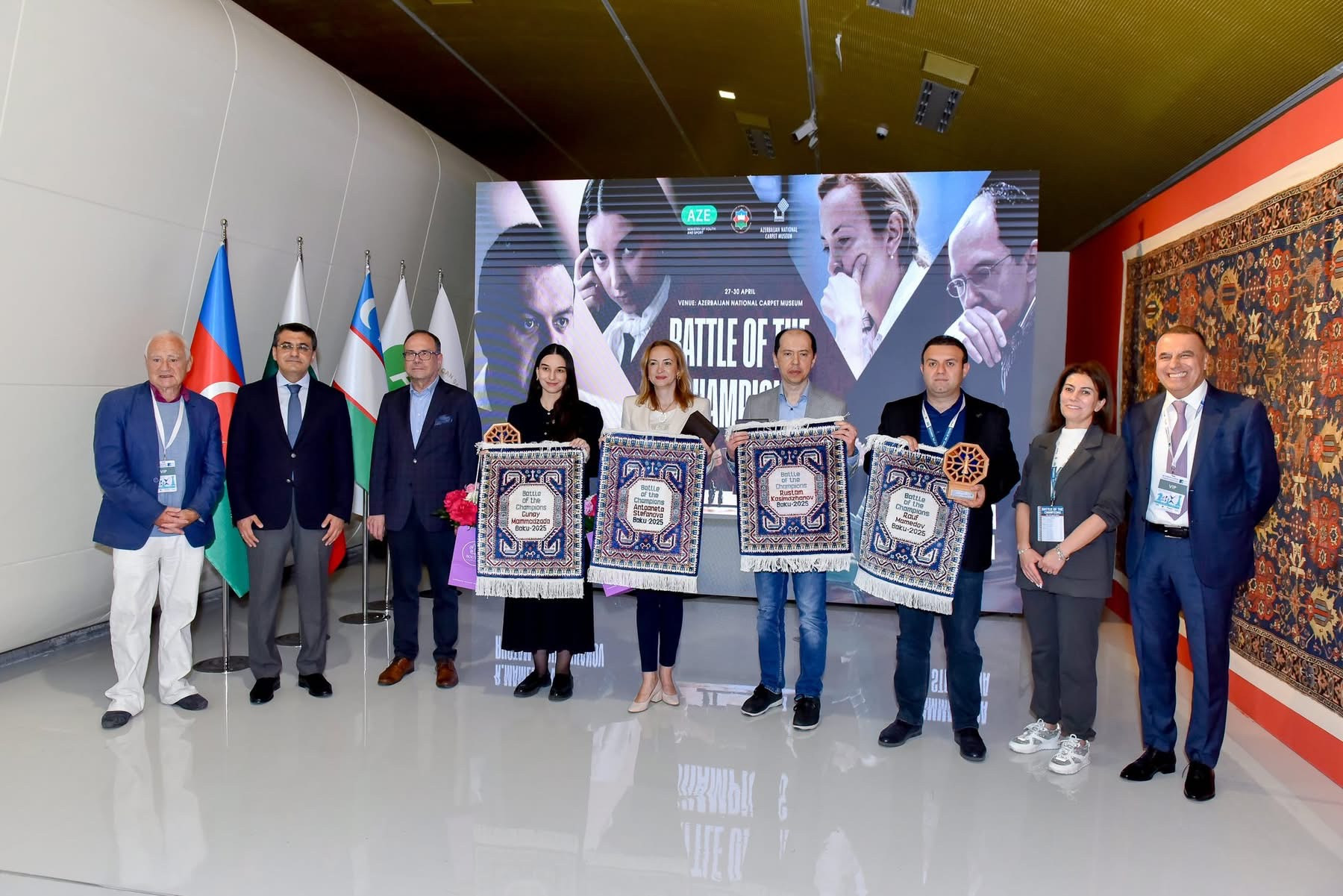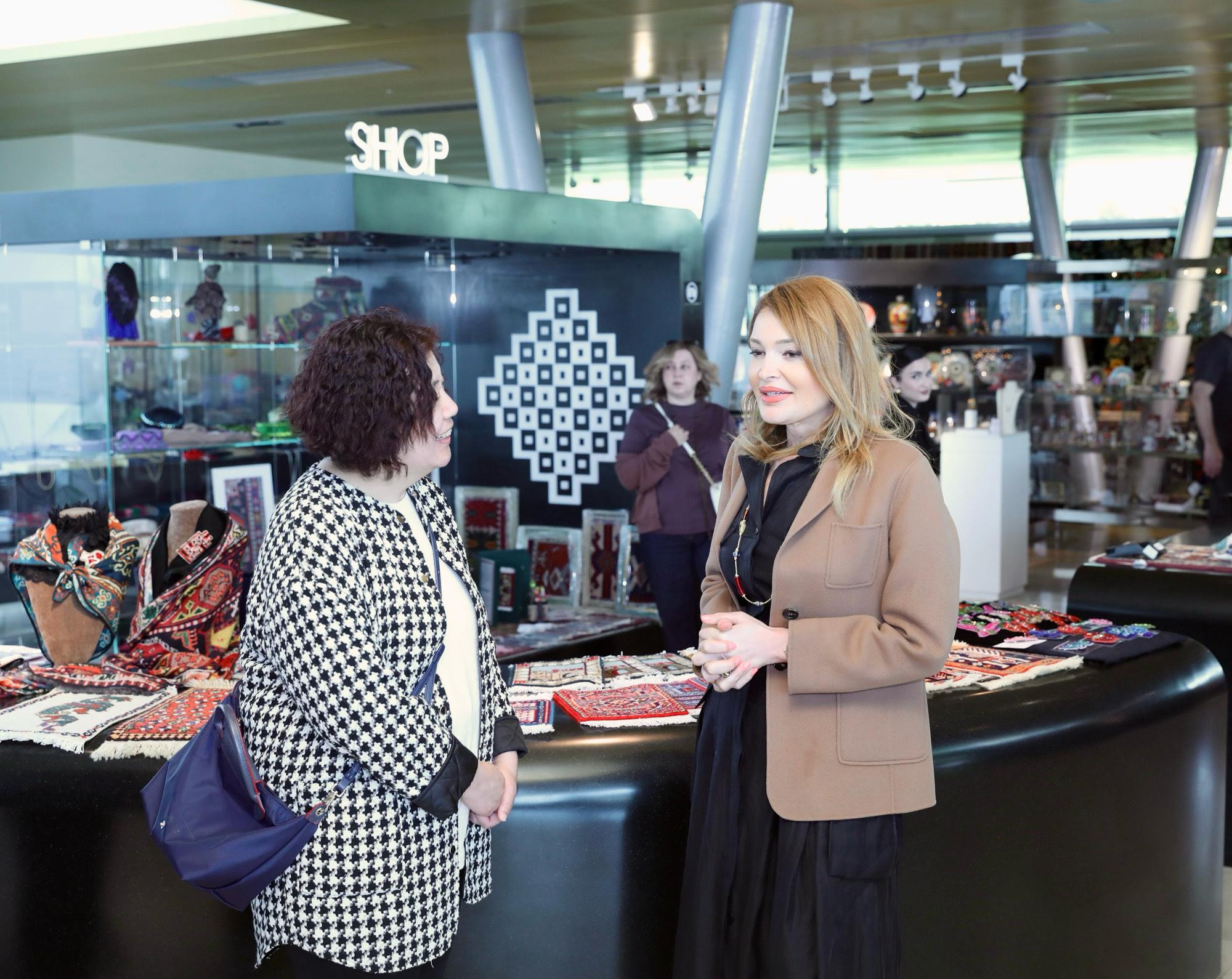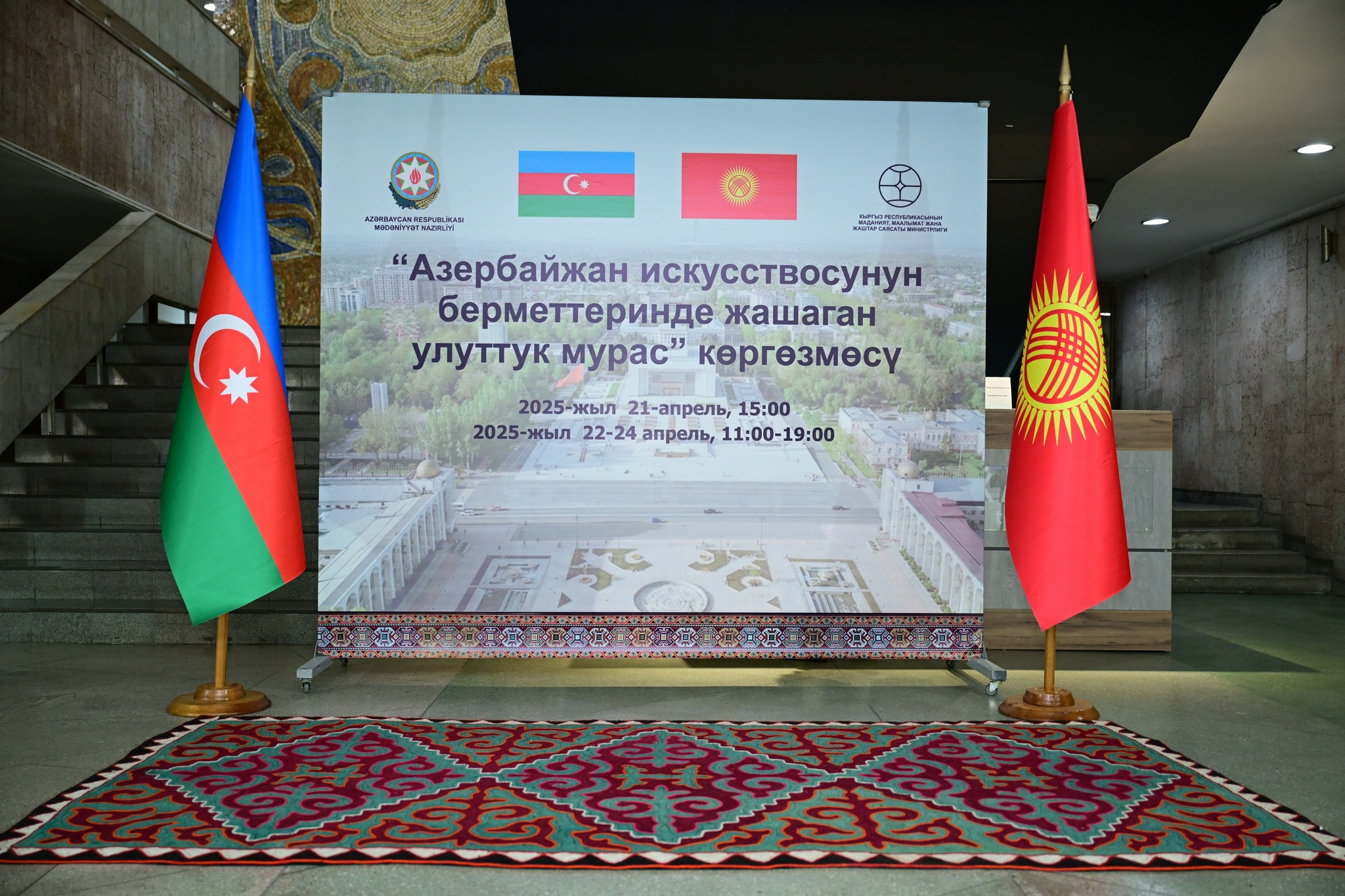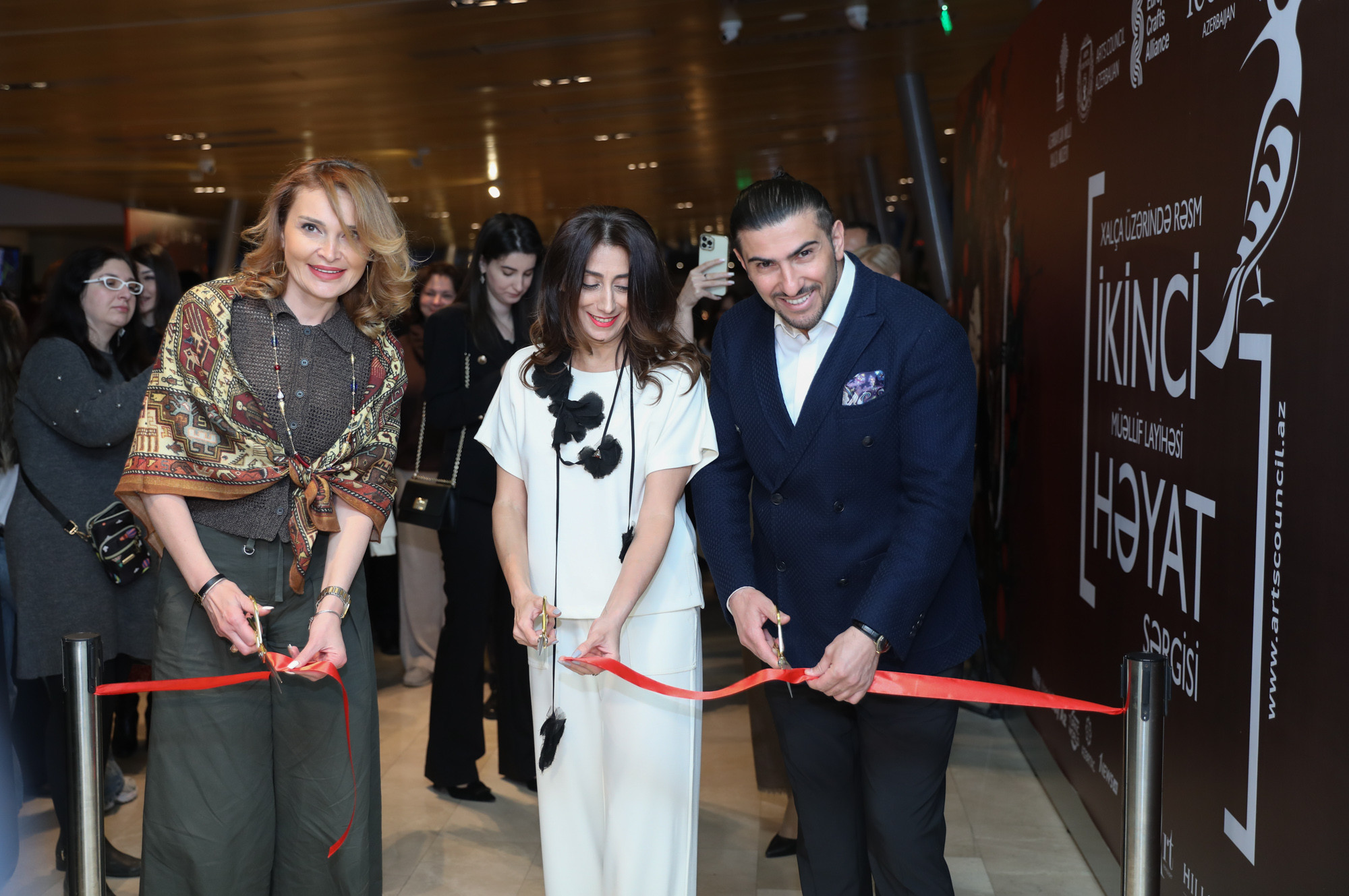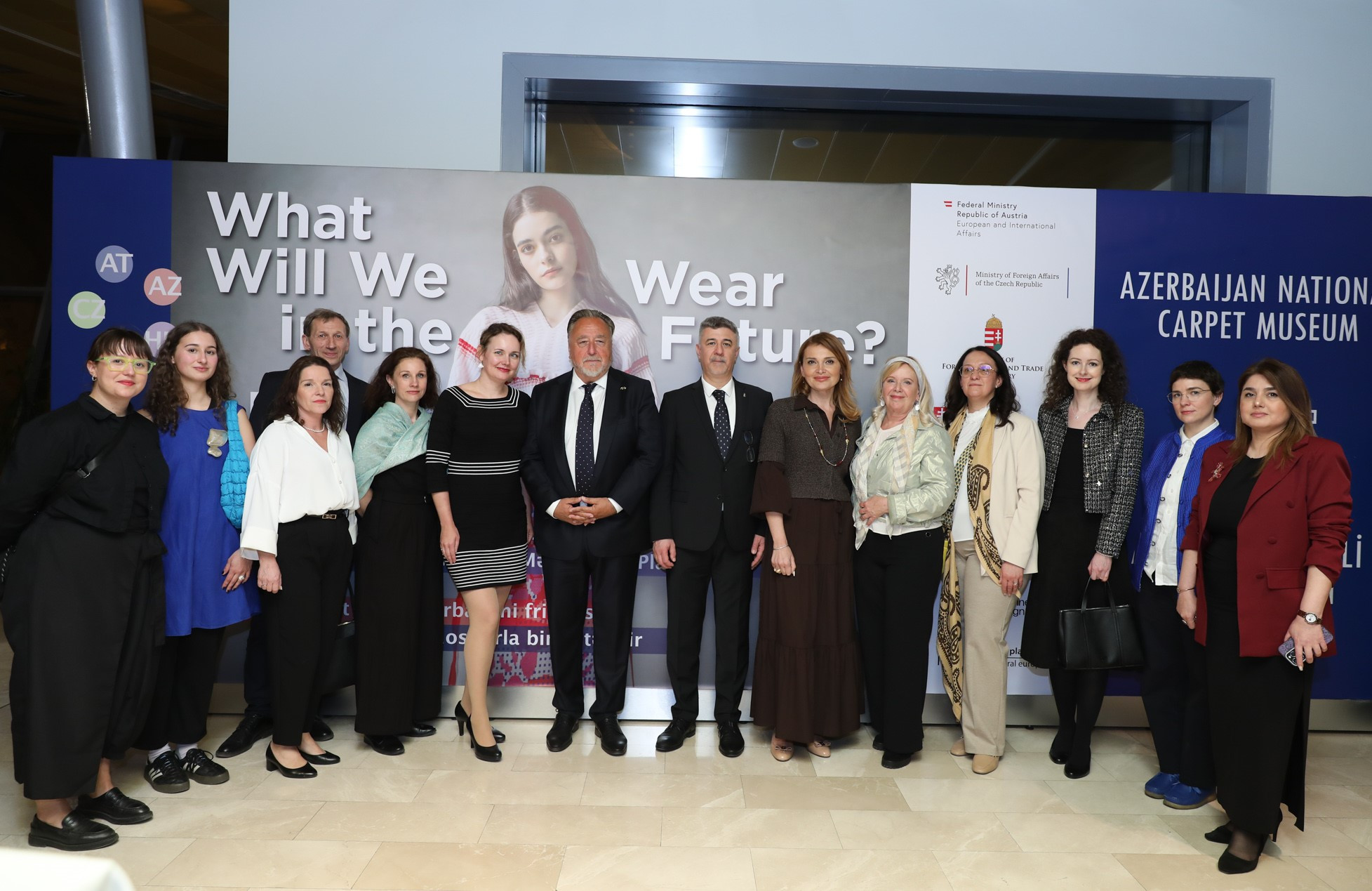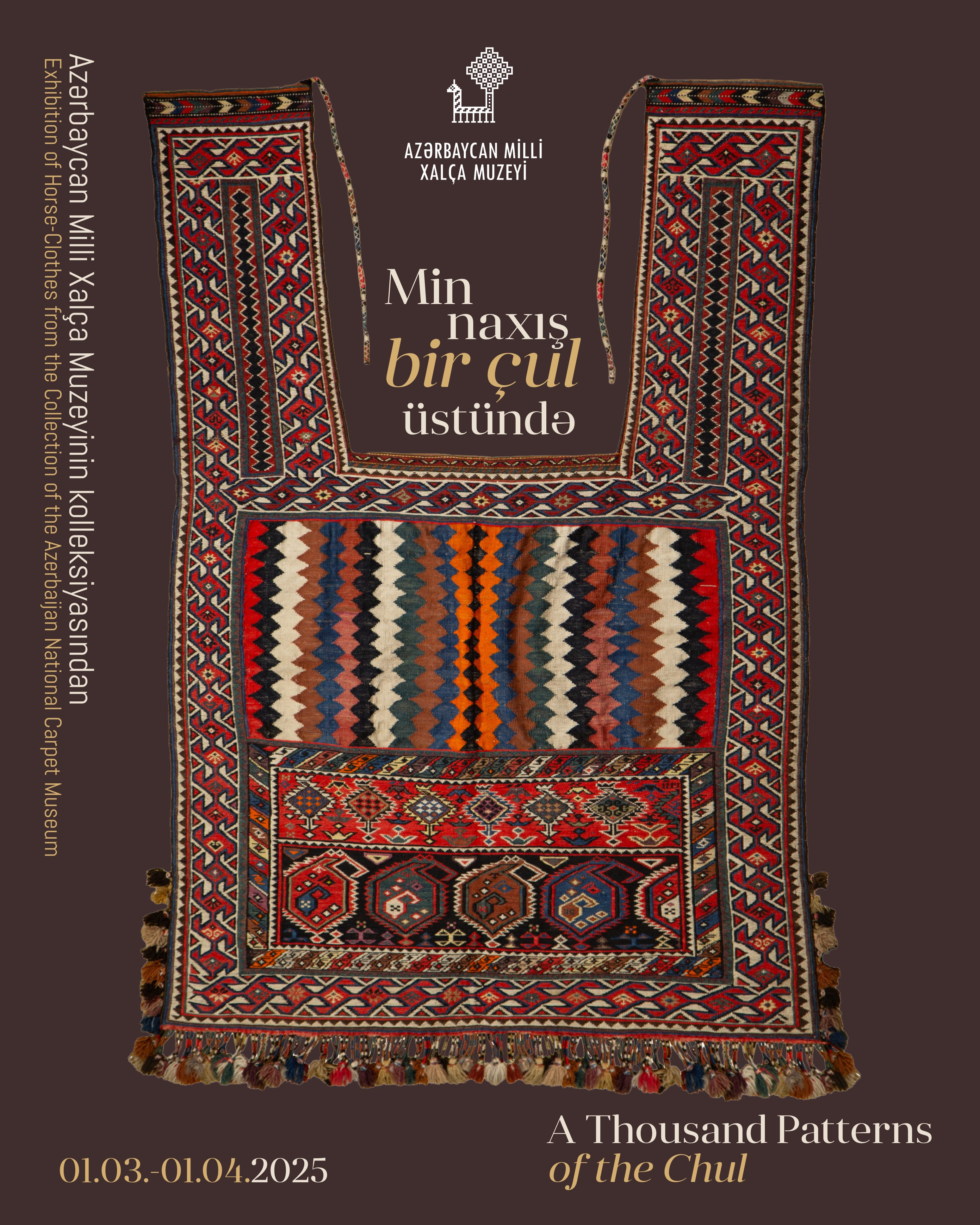Charshab (veil). Ruband (veil)
Women's headdresses Charshab and Ruband
When Azerbaijani women left their homes, they used two types of charshab (a veil women wore on the street) on garments and headdresses: one in the shape of ark (yapinchi charshab) and another in the shape of a rectangle (mafrash charshab). The charshabs were made of cotton, silk, and local plain atlas. They once were made of plain fabrics and later made of floral and checkered fabrics. Young girls wore charshabs made of white silk and cotton. Inhabitants of urban and suburban villages typically used a charshab. The main accessory of a charshab was a woman’s face cover — a ruband (burgha, nigab, duvag), which had tulle for the eyes.
A ruband was usually a wide white cloth that started directly from the top of the eye, reached to the umbilicus, and had a cross-shaped waistband at the head.
Charshab (veil). Sheki, Azerbaijan. 19th century. Kanaus. Inv. No. 6163
Ruband (veil). Gazakh, Azerbaijan. Early 20th century. Cotton, silk. Inv. No. 7512

